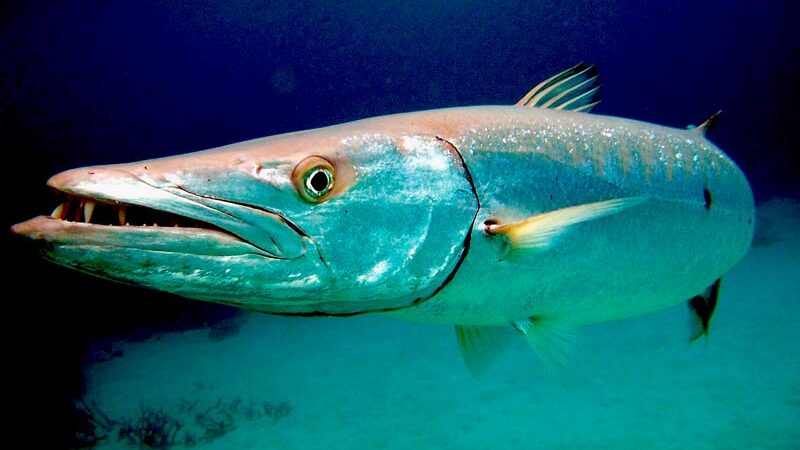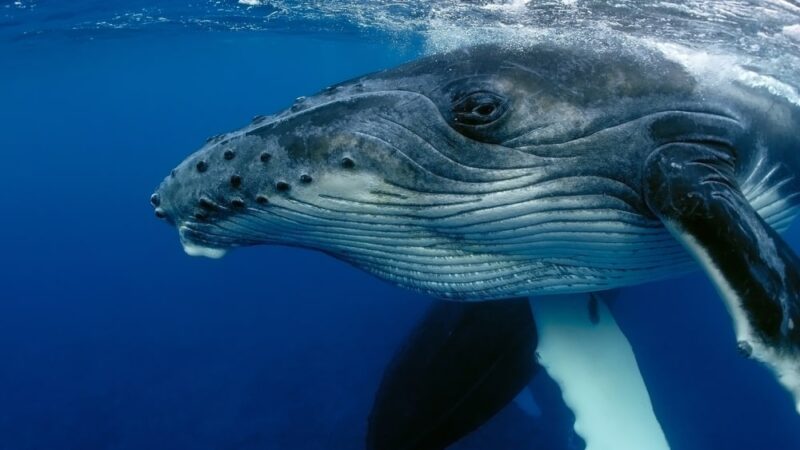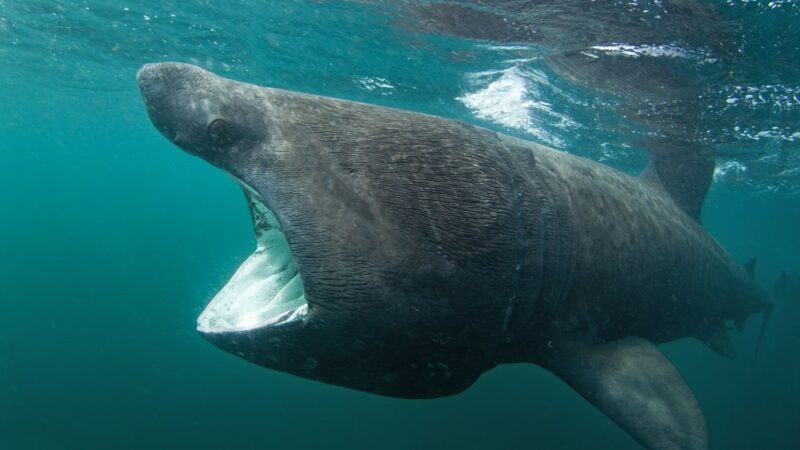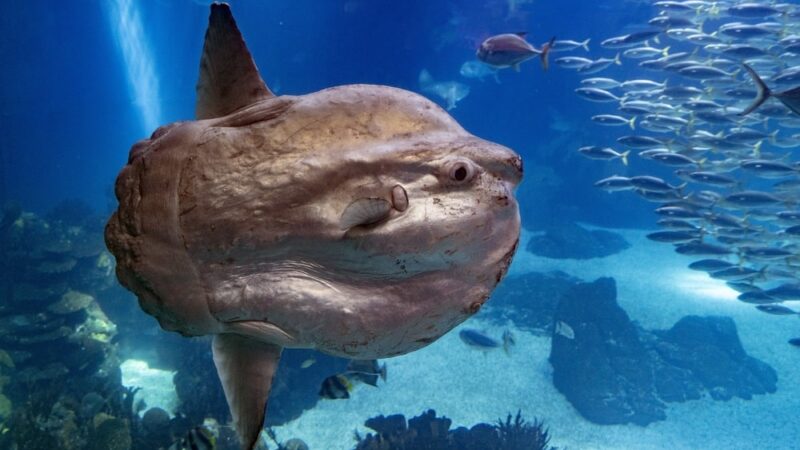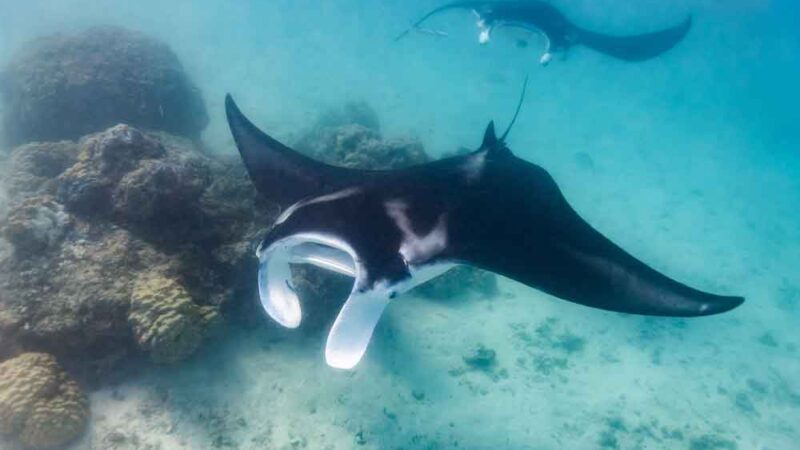Hammerhead Shark
Shelter for Animal | Hammerhead Shark | Some shark species like Hammerhead shark tend to be known for their namesake i.e. that insanely shaped noggin. There are 10 species of hammerhead sharks with Carolina.
Hammerhead shark facts
Hammerheads being the most recently discovered back in 2013 bonnethead sharks are included as hammerhead sharks and all 10 species belong to the spear negai family that iconic hammer shape is referred to as a cephalofoil and there are a couple of reasons why these sharks may have developed this way with their eyes position at the tips of their face.
Shark eyes
Hammerheads are allowed a 360-degree vertical view of their world meaning they can keep a pretty close eye on potential meals, of course, this does mean that they are a bit lacking and having the ability to see right in front of them. They make up for this with sensory organs called anti of renze, which are also found other cartilaginous fish. The ampule eye of Lorenzi is used to detect electric fields in the water.
Prey of sharks
All living organisms give off some sort of electric field and hammerhead sharks are able to pick up on that plus with a wider head it’s possible for them to have more receptors and that’s more sensitive to the movements of their prey. This helps them in finding their favorite food rays although rays tend to spend time hidden beneath.
The sand hammerheads are able to detect their electric fields and scoop them from the seafloor they’ll even use their hammer-shaped head to hold prey down while they eat.
Hammerhead shark diet
Their mouths are actually pretty small while hammerhead sharks prefer rays they also eat other fish, squid, octopuses, and even each other from time to time. There has even been some controversy over whether or not some species of hammerheads eat seagrass bonnetheads have been observed consuming seagrass and digesting up to 56 percent of the organic matter found within.
Still, they’re not sure whether or not this is actually helping to sustain these sharks or if it’s just a learning curve of hunting as they tend to find young sharks with more seagrass in their diet than more experienced older sharks. Larger species of hammerhead such as the great hammerhead shark are more likely to eat smaller sharks than the smaller species.
However, smaller hammerhead sharks do something pretty amazing to help combat this a behavior rarely observed in any other shark species hammerheads form schools of up to 500 individuals it’s still not entirely understood why this takes place but something odd to note about this is that they tend to the only school.
During the day at night, the sharks will disperse and go off to hunt on their own some suggestions for why this happens are that it is for protection.
Shark matting
Because as mentioned previously it tends to be the smaller sharks cooling while larger hammerheads tend to travel alone it could also be used for protection during the mating season an alone female may be bombarded by a wandering trove of male hammerheads but with a group, the female has more options to be picky safety in numbers when hammerheads mate everything happens internally a recently observed behavior in captive.
Bonnett heads also seem to indicate that hammerheads may be the first Carl a Janice fish to show parthenogenesis or reproduction without fertilization. This is kind of cool because this actually means that asexual reproduction has been observed in all major jaw vertebrate lineages except mammals unless you can’t Jesus fertilized by a father or not the young will develop inside the mother’s body and after about nine months. She’ll give birth to anywhere from ten to fifty live baby sharks also called pups.
Lifespan & size of sharks
They’re on their own after that however because mom and dad won’t take any part in raising them hammerheads have been observed to have an average lifespan of around 25 to 30 years but depending on the species may be able to live even longer the size of hammerhead sharks varies pretty drastically between the species. They can grow anywhere from 3 feet all the way up to 20 feet. The largest hammerhead sharks, the great hammerheads can weigh up to a thousand pounds but smaller species may weigh as little as 6 pounds.
Hammerhead shark habitat
They appeared gray-blue and sometimes even olive-colored along their back while their undersides are a lighter color to help camouflage against the bright light shining through the surf. They can even get a tan from the sun’s rays as they spend a lot of time near the top of the water column or in more shallow waters.
They live worldwide in warm temperate and tropical waters and although they are pretty widespread some species of hammerheads are endangered due to hunting. Recently measures have been taken to try and help reduce the number of endangered hammerheads killed per year in Hawaiian culture, sharks were revered as Gods and it was believed that when a person died.
She would be able to transform into a shark that would help protect and defend her living relatives. This Hammerhead shark was referred to as the family’s alma kueh even today it’s believed that seeing a hammerhead in the waters of Maui is a sign of balance in the ocean and that families are being watched over.
Reference: Wikipedia, Britannica




